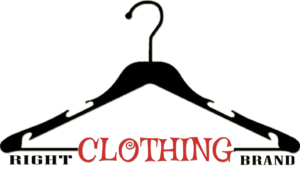A grocery store checkout counter is a point-of-sale station in a grocery store where customers can pay for their items. It is typically staffed by a cashier who scans each item, computes the total cost, and accepts payment for the purchase. The counter may also include a conveyor belt to move items through the checkout process, as well as a bagging area to store purchased items.
Uses of grocery store checkout counter:
² Processing payments: Grocery store checkout counters are used to process payments from customers. This usually includes scanning items, entering prices, and accepting payment in the form of cash, credit cards, debit cards, checks, and EBT cards.
² Bag Groceries: Grocery store checkout counters are also used to bag groceries for customers. This includes sorting items into bags, weighing produce, and labeling items with prices.
² Tracking Inventory: Grocery store checkout counters are also used to track inventory. This includes counting items, entering information into a computer system, and keeping track of stock levels.
² Customer Service: Grocery store checkout counters can also be used for customer service. This includes answering questions, providing product information, helping customers locate items, and resolving any issues that may arise.
Benefits of grocery store checkout counter:
Ø Increased Efficiency: Grocery store checkout counters help streamline the checkout process, allowing customers to quickly and efficiently purchase their items.
Ø Improved Customer Service: Grocery store checkout counters provide customers with a go-to place to ask questions and interact with store personnel if needed.
Ø Better Security: Checkout counters help reduce shoplifting by providing a centralized, secure location to keep an eye on customers and their purchases.
Ø Increased Revenue: Grocery store checkout counters provide store owners with an opportunity to upsell items and increase overall sales.
Ø Reduced Employee Fatigue: Grocery store checkout counters help reduce the amount of physical strain on employees by allowing them to remain seated while scanning and bagging items.
How to choose best grocery store checkout counter?
Consider the size and layout of your store:
Checkout counters come in a variety of sizes and shapes, so it’s important to consider what size and layout will best suit your store. Consider how much space you have available, the number of customers you typically serve, and the types of items you typically sell.
Choose a counter that is durable and easy to clean:
Look for counters at global sourcing that are made from high-quality materials, such as stainless steel, laminate, or solid wood. Make sure the counter is durable enough to withstand the wear and tear of daily use. Also, look for a counter that is easy to clean and maintain.
Consider the type of checkout system you need:
Many stores use traditional cash registers, but newer technologies such as barcode scanners and touch screen systems are becoming more popular. Determine the type of checkout system you need to ensure that your customers can quickly and easily check out.
Consider any additional features you may need:
If you plan to offer self-checkout services, you may need a counter that includes a scanner and payment terminal. Additionally, look for features such as adjustable shelves and drawers to help you organize and store items.
Compare prices and read reviews:
Once you have narrowed down your choices, compare prices and read reviews to help you determine the best grocery store checkout counter for your needs.


